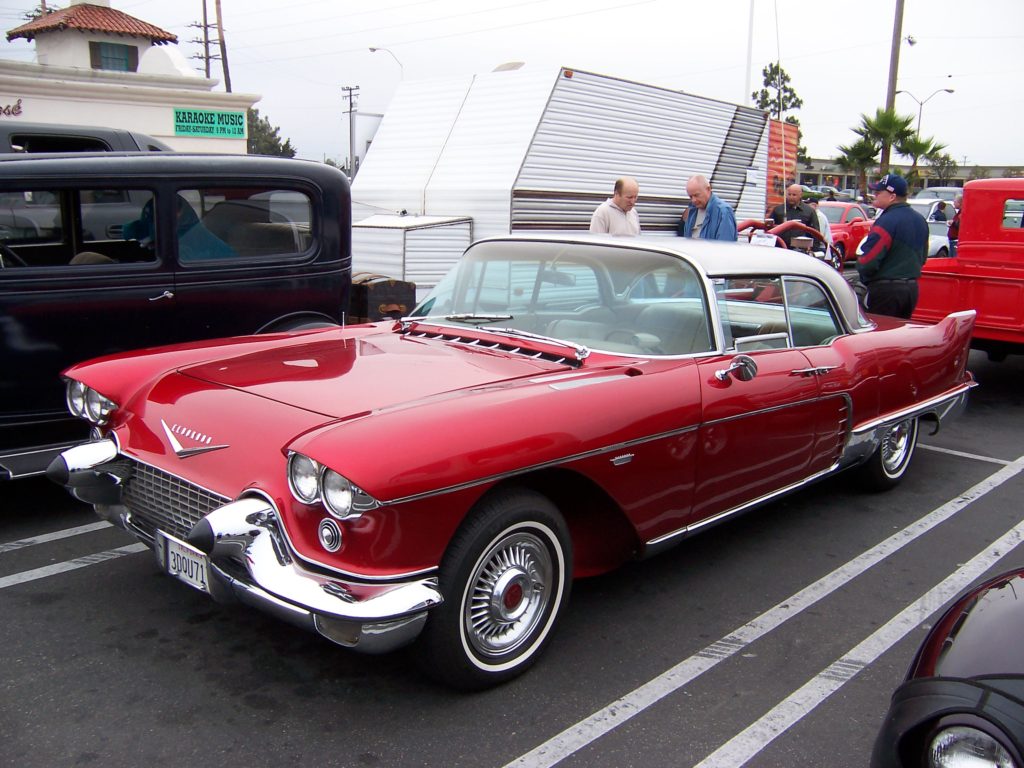Remembering the cars — and hubcap collections — of 1950s Brooklyn

Other than sports, was there anything that occupied our minds more than cars? They were like sports teams.
There were more models than there are now. Poor American Motors and Studebaker and their lines of cars. Gone is the Oldsmobile and Pontiac and Packard along with the subsets of each. And they were something to look at — 57 Chevy, Cadillac Eldorado, Lincoln Town Car, Jaguar XKE — WOWZER! If style made a car a queen or princess, horsepower made for kingship.
Remember when, on the Jewish High Holy Days, the guys would leave services to catch the new models being rolled into the showrooms?

Brooklyn Boro
View MoreNew York City’s most populous borough, Brooklyn, is home to nearly 2.6 million residents. If Brooklyn were an independent city it would be the fourth largest city in the United States. While Brooklyn has become the epitome of ‘cool and hip’ in recent years, for those that were born here, raised families here and improved communities over the years, Brooklyn has never been ‘uncool’.